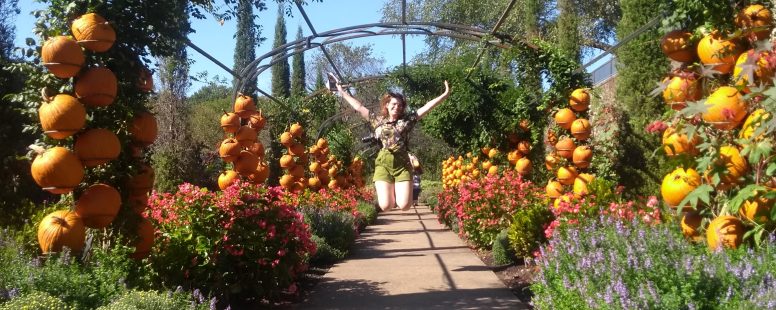Short Report by Victoria Most: The sun in Nashville and a light-sensitive protein. (Aug.-Nov. 2019)
As a Master candidate of the Biochemistry program at Leipzig University I focus on analytics and structural biology. My studies mainly concentrated on performing experiments in the wet lab and I had only little knowledge of Rosetta and scientific programming.
During my stay I worked on the computational modelling of G protein-coupled receptors (GPCRs) using the Rosetta homology modelling protocol. GPCRs are membrane proteins, which are crucial for translating extracellular signals into an intracellular response. It has been shown that these proteins are prone to misfolding during insertion into the membrane. During my research I tried to model a proposed misfolded state of the light-sensitive GPCR Rhodopsin[1] and managed to present initial models of an alternative protein topology.
I enjoyed the time I spend with my coworkers and other scientists. The group of Professor Meiler gave me a warm welcome and I bonded with many of the lab members on regular gatherings and social events. But I was also able to get in touch with other Vanderbilt students on trips of the outdoor recreation center, for example on a backpacking trip through the smoky mountains. Additionally, I had the opportunity to travel to Chicago and Arkansas. Thanks to the people I met, I had an amazing time in which I made many new and exciting experiences.
[1] Francis J. Roushar et al., “Contribution of Cotranslational Folding Defects to Membrane Protein Homeostasis,” Journal of the American Chemical Society 141, no. 1 (2019), doi:10.1021/jacs.8b08243.

